Eczema: More then just skin deep
Eczema is a skin condition experienced by thousands of Malaysians. Find out what are its causes, trigger factors and treatments.
Table of Contents
WHAT IS ECZEMA?
There is no cure for eczema (atopic dermatitis) but with proper skin care and diet, it can be controlled. This chronic itchy skin condition usually starts within the first five years of life, most often in the first six months. It often lasts into childhood and adolescence. In some cases it may last into adulthood. There are periods of time where the skin appears mildly affected or even normal, alternating with periods of moderate to severe flare-ups. Some children have very mild eczema and others have severe eczema.
WHAT CAUSES IT?
Eczema mainly occurs due to hereditary reasons and gene truncation mutation in a particular protein known as filaggrin. The lack of this protein inevitably causes a severe form of dry skin and itchiness. This leads to reactions within the skin that further damage the barrier effect of the skin, making it easier for bacteria to penetrate.
A flare-up occurs when the skin is very dry, or when it comes to contact with irritating substances or allergic triggers, or when the skin is infected. In Malaysia, eczema tends to be worse in air-conditioned environments when the air is dry, and tends to improve under the sun when it is more humid. In babies, saliva from drooling may cause additional irritation, particularly to the cheeks, chin and neck. In such cases, applying an ointment can prevent direct contact with saliva and decrease skin irritation. Specific triggers can vary based on the child and can include pets, carpet, dust mites, fabrics, cigarette smoke, and scented products.
Further, eczema tends to be more common in families that have a history of eczema, hay fever, and asthma. These disorders are all a part of what is called the ‘atopic triad’. A first or second degree relative with a history of one of these atopic conditions can often be identified in the family of a child with eczema. Children with eczema may be more likely to develop allergies or asthma but one does not cause the other.
ECZEMA-PRONE SPOTS
In young babies, eczema is most prominent on the cheeks, forehead and scalp. Between 6 and 12 months of age, it is often worse on the crawling surfaces which are the elbows and knees. Around the age of two the distribution changes and tends to involve the creases of the elbows and knees, wrists, ankles and hands. It may affect the skin around the mouth and the eyelids. Older children and adolescents may have eczema only involving the hands.
In young babies eczema tends to be more red and weepy. In toddlers and older children it often appears more dry and the skin may be thickened with prominent skin lines.
Moisturising Dry Skin
If you’re living in a hot and humid country such as Malaysia, moisturisers should be applied at least twice daily—in a thick layer. Generally two types of moisturisers are recommended for treating eczema: ointments and creams. Lotions are mostly water-based and are not recommended. It is most important to moisturise the skin immediately after bathing to prevent evaporation of moisture from the skin. Ointments and creams seal moisture from the bath into the skin.
WHAT IS THE DIFFERENCE BETWEEN LOTIONS, CREAMS AND OINTMENTS?
Moisturisers are classified based on their oil and water content. The more oil a moisturiser has the more effective it is in treating dry skin. Ointments have the greatest oil content, followed by creams and finally lotions. Creams and lotions also often have added preservatives that may burn when applied to scratched open skin. Ointments usually do not burn when applied. Ointment-based emollients and medications are generally preferred over creams for these reasons. Lotions are not generally recommended. To prevent skin irritation, seek out moisturisers that are fragrance and dye-free.
ARE STEROID OINTMENTS SAFE?
During a severe case of eczema, topical steroid creams and ointments are a common prescription.
Some tips for safe application include:
- Apply topical steroids only to rough affected skin and avoid normal unaffected skin.
- Avoid the application of topical steroids to skin folds (armpits, groin, thighs) when possible, especially for prolonged periods of time.
- Avoid the use of topical steroids on eyelids.
- Apply milder steroids, which a dermatologist can prescribe, to treat the face.
- Use the mildest topical steroid that controls the eczema, which a dermatologist can help determine.
- Apply topical steroids no more than two times per day.
CAN A CHILD GO SWIMMING?
The child should be allowed to participate in normal childhood activities and this includes swimming. However, the child may not tolerate long periods in the water, particularly in pools with chemicals since these can dry the skin. To prevent a flare-up, rinse the child’s skin thoroughly and apply a moisturiser after swimming in a chlorinated pool.
WHAT CAN ONE DO TO HELP PREVENT ECZEMA?
There is no known way to prevent eczema, but good skin care with a daily bath and use of a moisturiser twice daily can help strengthen the skin against all kinds of irritants. Get to know the child’s triggers and avoid them as much as possible. Finally, treat patches of eczema with medications as soon as they appear, since this can prevent severe rashes.
Sources: National Eczema Organisation (US), Gleneagles Kuala Lumpur and Pantai Hospital Kuala Lumpur.


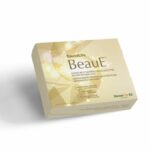



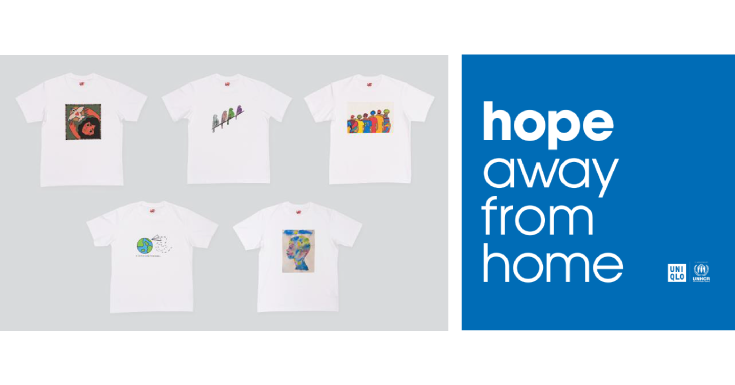



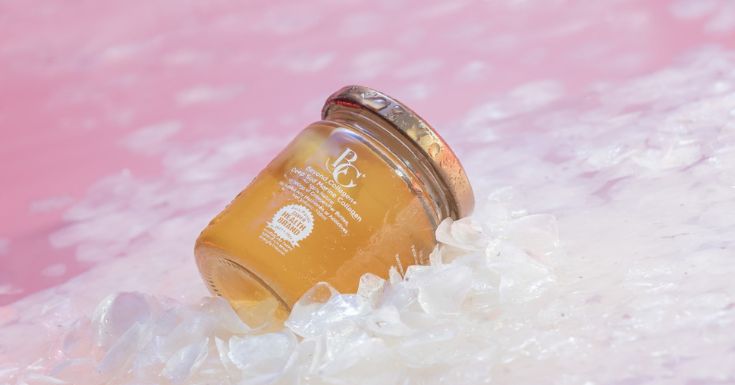
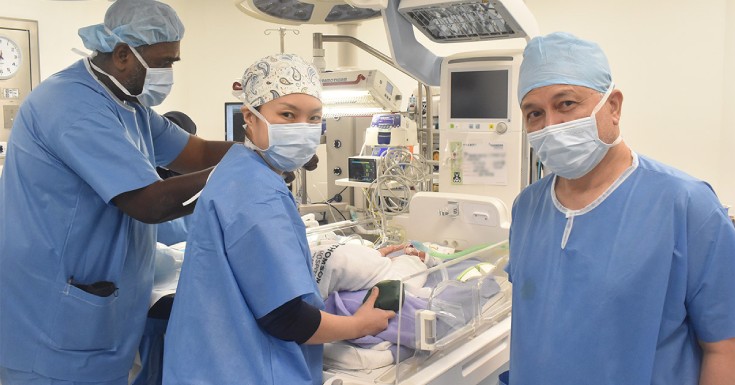


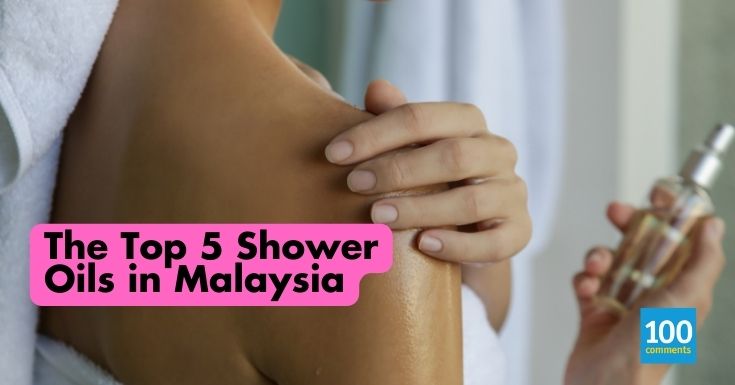






Leave a comment